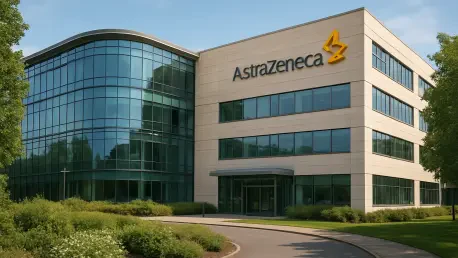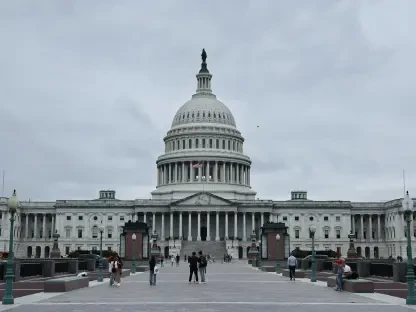Setting the Scene: A Pharmaceutical Power Play
Imagine a pharmaceutical giant thrusting $50 billion into U.S. soil to significantly reshape the medical landscape. This is precisely the scenario as AstraZeneca embarks on a strategic mission to bolster its manufacturing facilities across the country. But what drives such a colossal financial commitment, and what ripples will it cause in the healthcare sector?
The Significance of the Investment
This bold move commands attention not just for its size but also for its timing. With recent changes in U.S. economic policies, including potential tariffs, domestic production has become a priority for many industries. AstraZeneca’s strategy underscores a new era where pharmaceutical companies adapt to geopolitics by reinforcing their local operations. The implications stretch beyond corporate walls, influencing how medicines are developed and distributed globally.
AstraZeneca’s Strategic Expansion Unveiled
AstraZeneca’s ambitious plan sets a new precedent with the establishment of a cutting-edge manufacturing facility in Virginia. This development is more than a mere construction endeavor—it’s an emblem of the company’s commitment to embedding itself within the U.S. market. Beyond Virginia, the expansion will also impact AstraZeneca’s operations in Maryland, Massachusetts, California, Indiana, and Texas, focusing on the burgeoning fields of research, development, and cell therapy. This holistic approach is designed to enhance not just production but also innovation in pharmaceuticals.
Insights from Industry Leaders
AstraZeneca’s top executives, like CEO Pascal Soriot, have openly discussed the challenges of global drug pricing, advocating for more equitable economic practices. Soriot’s vision aligns with the industry’s broader shift toward price normalization across borders. Industry contemporaries such as Roche and Novartis echo similar sentiments, highlighting a collective awareness of the inherent geopolitical pressures that now inform business strategies. This consensus among industry leaders underscores a pivotal moment as global pharmaceutical practices increasingly accommodate political realities.
Lessons in Adaptation for Competitors
AstraZeneca’s expansion offers a blueprint for the industry on navigating domestic production challenges. The pharmaceutical landscape is changing, prompting companies to reevaluate their positions concerning geopolitical tensions. AstraZeneca’s strategic adaptation serves as a case study for balancing revenue growth objectives against external pressures like tariffs. Such strategic navigation is crucial as companies seek to secure their market footholds while fostering innovation and responding to evolving consumer demands.
Paving the Way for Future Pharmaceutical Trends
In reflecting on AstraZeneca’s commitments, it becomes apparent this venture marks a significant pivot toward localized manufacturing, aligning with shifts in U.S. policy priorities. The pharmaceutical sector is poised for transformation as companies like AstraZeneca lead the charge, showcasing adaptive strategies to tackle geopolitical and market challenges. Through significant financial investment coupled with a sharp focus on local manufacturing, AstraZeneca seeks to redefine its role in the U.S. pharmaceutical landscape, setting new standards for industry adaptation and innovation.









